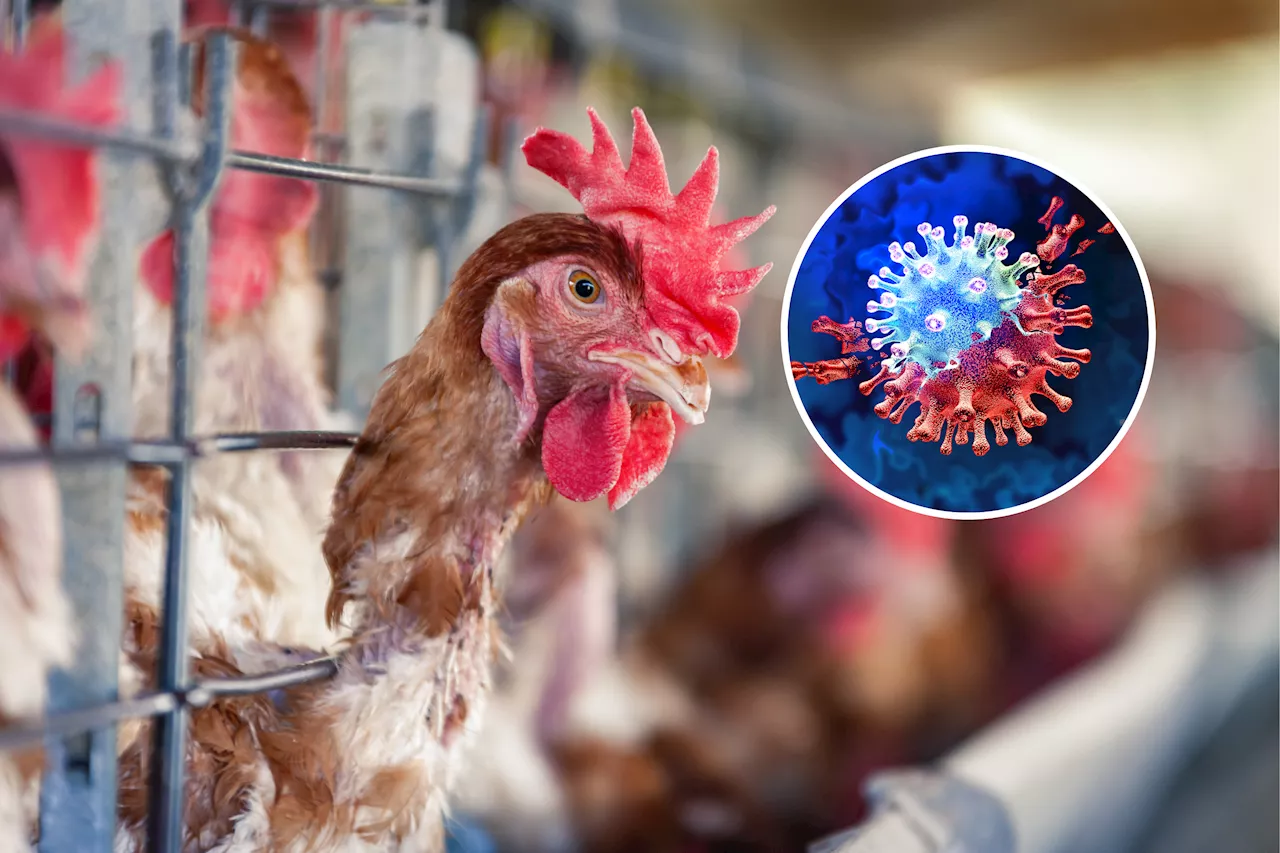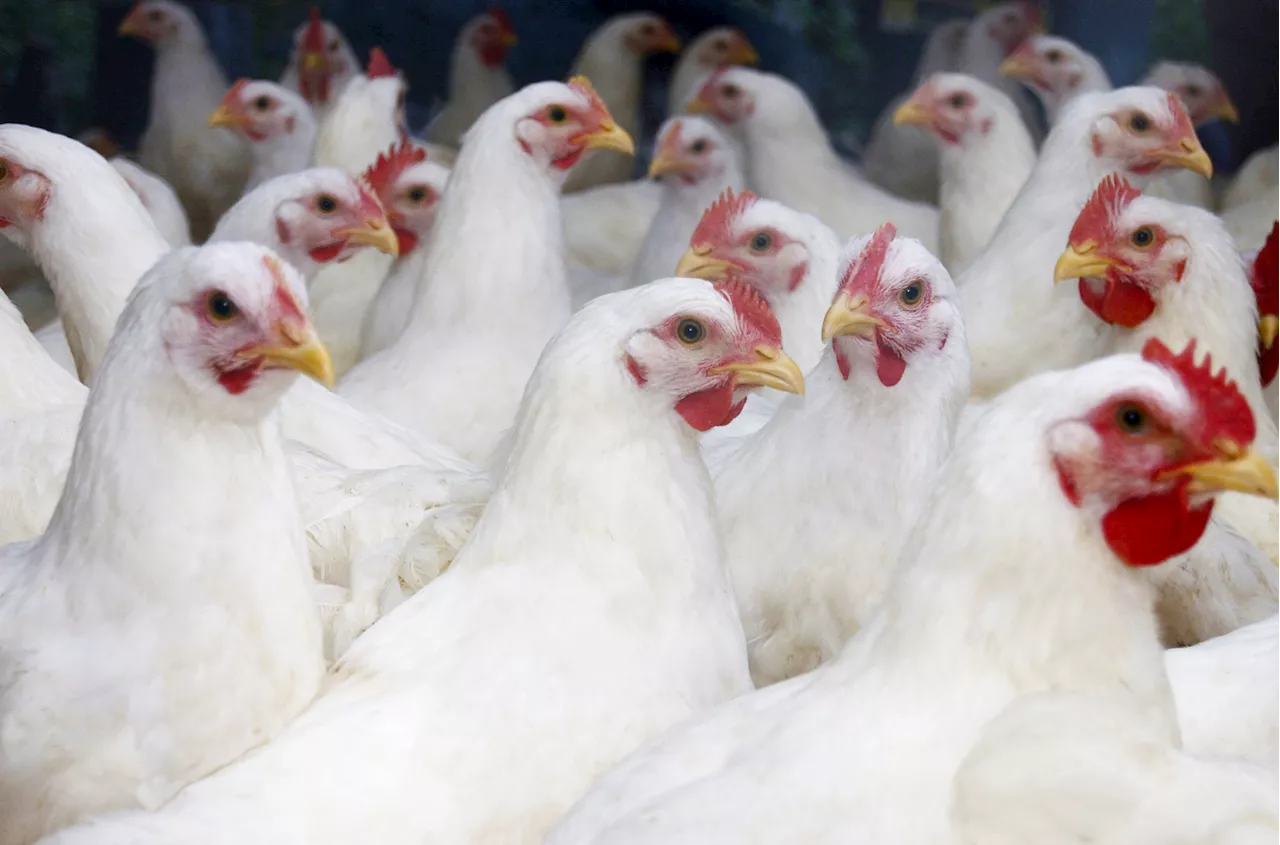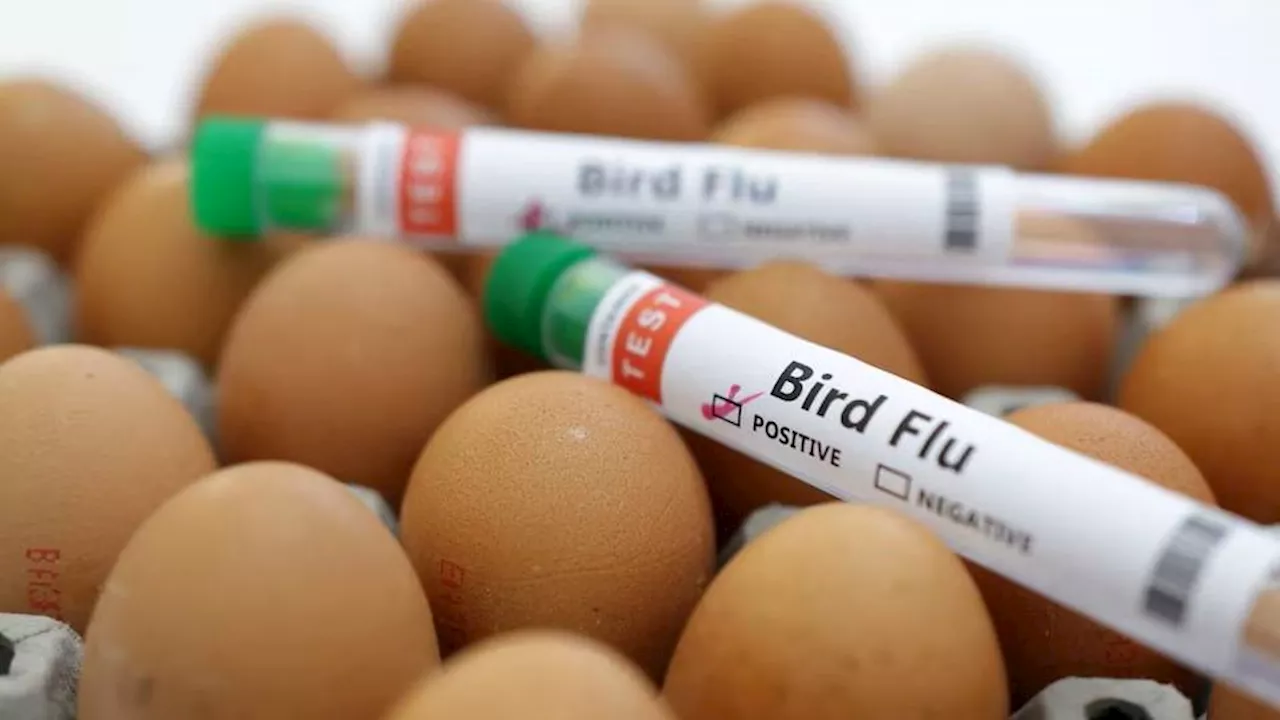Bird flu, primarily affecting birds, has caused over 860 human infections since the 1990s with a high fatality rate. While human-to-human transmission hasn't occurred, the virus is spreading to new mammal species, raising fears about its potential to adapt further. The World Health Organization is already developing pre-pandemic vaccines. Experts stress the importance of vigilance, safety measures, and ongoing surveillance to mitigate the risks.
Since the 1990s, bird flu has caused over 860 human infections worldwide, with a fatality rate of more than 50 percent in those cases. / Photo: Reuters
The World Health Organization has already begun pre-pandemic vaccine development, selecting candidate H5N1 variants that closely match the viruses detected in the US and South America. Vaccine development is already underway for pre-pandemic preparedness, but how concerned should the public be, and what steps can be taken to mitigate the risks?) outbreaks in animals pose risks to humans too - countries should work together and across sectors of society, to protect people and save as many animals as possible
“The risk has increased as we’ve gone on—especially in the last couple of months, with the report of severe infections,”Dr Peiris explains that the virus has undergone adaptive mutations in both marine mammals and US dairy cows, but these changes have not yet allowed it to spread between humans.
BIRD FLU PANDEMIC H5N1 VIRUS VACCINE PREPAREDNESS
United States Latest News, United States Headlines
Similar News:You can also read news stories similar to this one that we have collected from other news sources.
 Bird Flu Spreads Among Mammals, Raising Pandemic FearsBird flu is spreading among livestock and other mammals in the United States, raising concerns about a potential pandemic. While the risk to the public is currently low, scientists warn that the virus could evolve and become more dangerous. California declared a state of emergency due to rising cases in dairy cattle, and over 65 human cases have been reported in the U.S. during this outbreak.
Bird Flu Spreads Among Mammals, Raising Pandemic FearsBird flu is spreading among livestock and other mammals in the United States, raising concerns about a potential pandemic. While the risk to the public is currently low, scientists warn that the virus could evolve and become more dangerous. California declared a state of emergency due to rising cases in dairy cattle, and over 65 human cases have been reported in the U.S. during this outbreak.
Read more »
 Bird Flu and Human Flu Co-Infection Could Lead to Dangerous New Virus MutationsAgencies warn that combined infection with bird flu and human flu could lead to mutations of new viruses with dangerous public health consequences. This follows news of bird flu mutations in a Louisiana patient and a Canadian teenager, both experiencing severe symptoms. The CDC advises Americans, especially high-risk individuals like farmworkers, to get the flu vaccine this season to potentially reduce the risk of co-infection and subsequent new virus formation.
Bird Flu and Human Flu Co-Infection Could Lead to Dangerous New Virus MutationsAgencies warn that combined infection with bird flu and human flu could lead to mutations of new viruses with dangerous public health consequences. This follows news of bird flu mutations in a Louisiana patient and a Canadian teenager, both experiencing severe symptoms. The CDC advises Americans, especially high-risk individuals like farmworkers, to get the flu vaccine this season to potentially reduce the risk of co-infection and subsequent new virus formation.
Read more »
Texas Officials Urge Residents to Remove Bird Feeders Amid Bird Flu RiseTexas health officials are advising residents to take down bird feeders and baths due to a surge in bird flu cases across the state, including Austin.
Read more »
 Bird Flu Suspected in Wild Bird Deaths Across New JerseyMultiple wild birds in New Jersey have died, with bird flu suspected as the cause. The New Jersey Fish and Wildlife has reported at least seven snow geese, two Canada geese, and two hawks testing presumptive positive for avian influenza. While the risk to humans remains low, authorities urge hunters and the public to take precautions to prevent the spread of the disease.
Bird Flu Suspected in Wild Bird Deaths Across New JerseyMultiple wild birds in New Jersey have died, with bird flu suspected as the cause. The New Jersey Fish and Wildlife has reported at least seven snow geese, two Canada geese, and two hawks testing presumptive positive for avian influenza. While the risk to humans remains low, authorities urge hunters and the public to take precautions to prevent the spread of the disease.
Read more »
 Bird Flu Concerns Amid Rising Flu CasesAs flu season kicks off, concerns are growing about the emergence of bird flu cases. Although the bird flu is not currently spreading from person to person, health experts are urging individuals to get vaccinated against the seasonal flu.
Bird Flu Concerns Amid Rising Flu CasesAs flu season kicks off, concerns are growing about the emergence of bird flu cases. Although the bird flu is not currently spreading from person to person, health experts are urging individuals to get vaccinated against the seasonal flu.
Read more »
 CDC Urges Faster Flu Testing to Track Bird Flu SpreadThe Centers for Disease Control and Prevention (CDC) has issued new guidance urging labs to determine within 24 hours if hospitalized patients with flu symptoms have seasonal influenza or bird flu (H5N1). This quicker turnaround time aims to identify potential bird flu cases earlier and track its spread more effectively. Currently, many hospitals send flu samples for testing in bulk every few days, delaying results and potentially compromising contact tracing and preventative measures.
CDC Urges Faster Flu Testing to Track Bird Flu SpreadThe Centers for Disease Control and Prevention (CDC) has issued new guidance urging labs to determine within 24 hours if hospitalized patients with flu symptoms have seasonal influenza or bird flu (H5N1). This quicker turnaround time aims to identify potential bird flu cases earlier and track its spread more effectively. Currently, many hospitals send flu samples for testing in bulk every few days, delaying results and potentially compromising contact tracing and preventative measures.
Read more »
